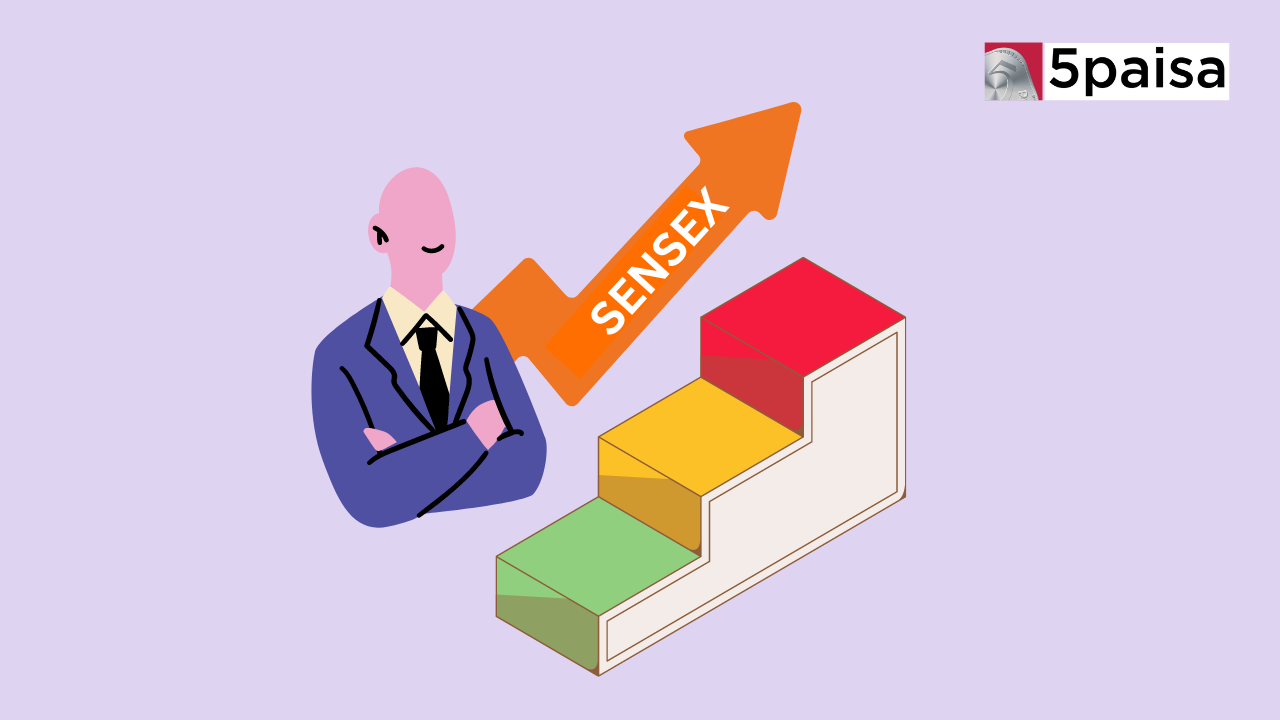List Of Maharatna Companies In India
STT Collections Touch Record Levels in FY22

Last Updated: 8th August 2022 - 07:01 pm
One of the best gauges of equity market participation is the total collections of securities transaction tax (STT) by the government. As you are aware, STT is collected on all stock market transactions including transactions in stocks, equity futures, index futures, equity options, index options and also on equity mutual funds. STT is charged on the value of the transaction, irrespective of whether the trader makes a profit or a loss.
STT was first introduced by the then finance minister, P Chidambaram, in the 2004 Union Budget. Since it was introduced, the STT went through several iterations and was generating an average of $1 billion as STT revenues for the government each year. Last year, the STT collections got closer to $2 billion and in FY23, the STT collections is expected to cross $3 billion. That is really rapid growth, but let us look at some numbers first.
For the first 10 months of FY22, the government reported STT collections of Rs.19,200 crore. Now, the original target for STT in FY22 was Rs.12,500 crore which was later scaled up to Rs.20,000 crore. Now it looks like even that level could easily get breached in FY23. The total STT collections stood at Rs.13,000 crore in FY22 but is likely to increase by over 70% in FY23. At current run rate, India could close FY23 with STT collections of around Rs.22,500 crore.
One of the key reasons for the sharp increase in STT collections in the last couple of years has been the surge in equity trading and demat accounts. For instance, CDSL alone has over 5.2 crore demat accounts with nearly 8 crore demat accounts in total. There are more than 10 crore registered trading accounts on the BSE and there has also been a surge in the mutual fund SIPs to well above the 5 crore mark.
What is more interesting is that most of this growth in retail investor flows has happened in the last 2 years since the pandemic took roots in India. It is the surge in retail investor participation that results in a surge in STT collections since most of the institutions trade predominantly in options, which attract low rates of STT. In a sense, the surge in retail interest in equities appears to be one of the key driving forces behind the STT surge.
However, this story has a specific downside risk to it. STT is increasingly becoming a very lucrative source of revenue flows for the Indian government. STT is not only a robust source of revenues for the government but also administratively a lot simpler. For all the market enthusiasts and optimists, the message is that STT is not going away in a hurry. It is here to stay for a long time.
- Flat ₹20 Brokerage
- Next-gen Trading
- Advance Charting
- Actionable Ideas
Trending on 5paisa
Indian Stock Market Related Articles
Disclaimer: Investment in securities market are subject to market risks, read all the related documents carefully before investing. For detailed disclaimer please Click here.
 5paisa Research Team
5paisa Research Team
 Sachin Gupta
Sachin Gupta




